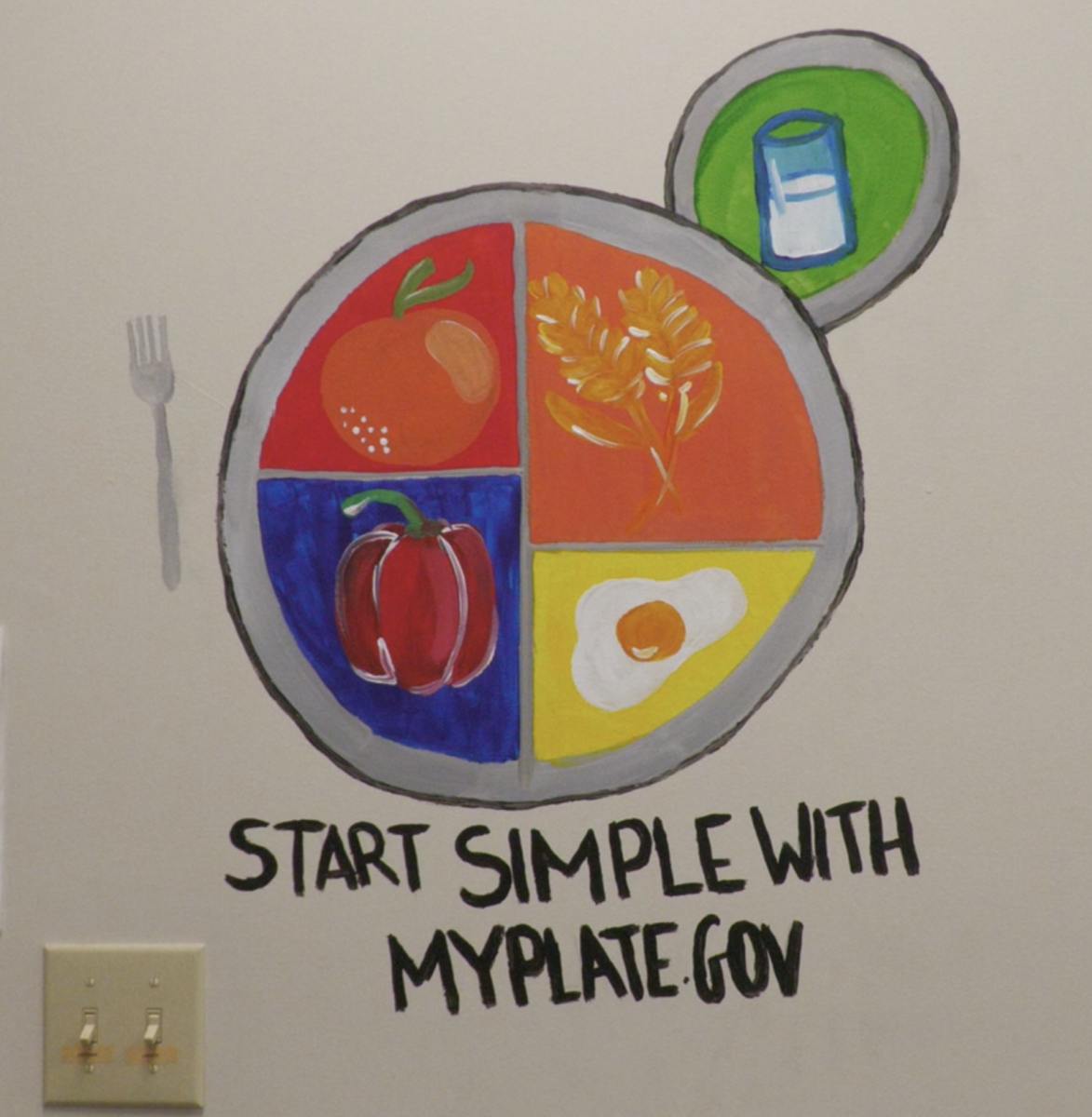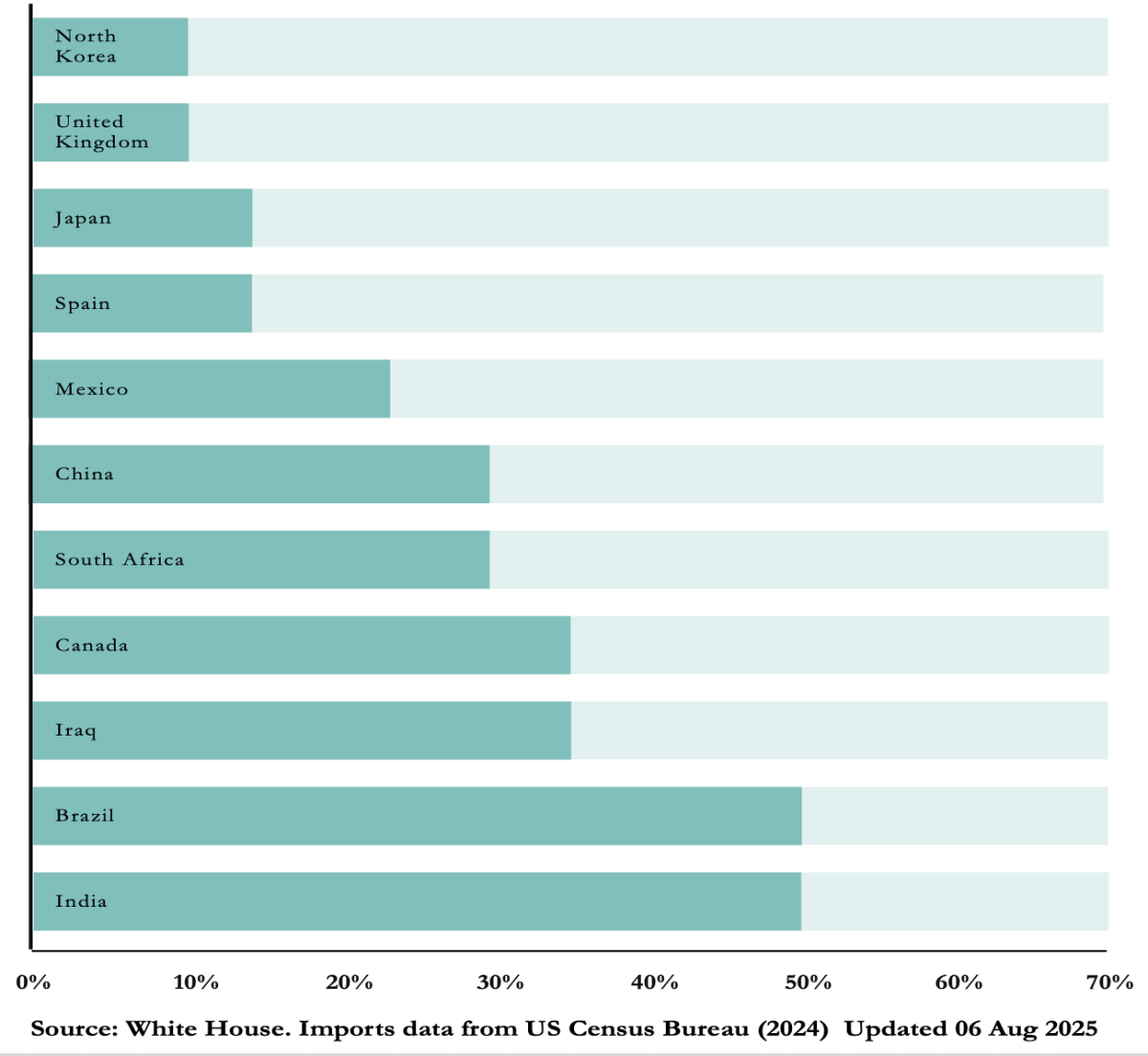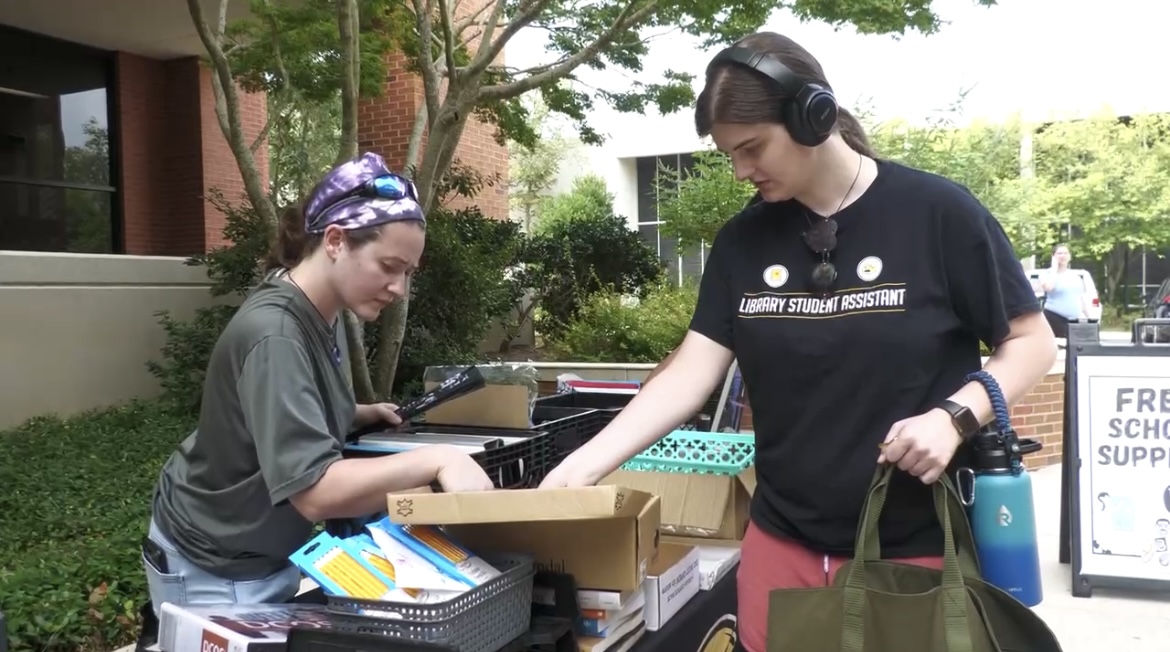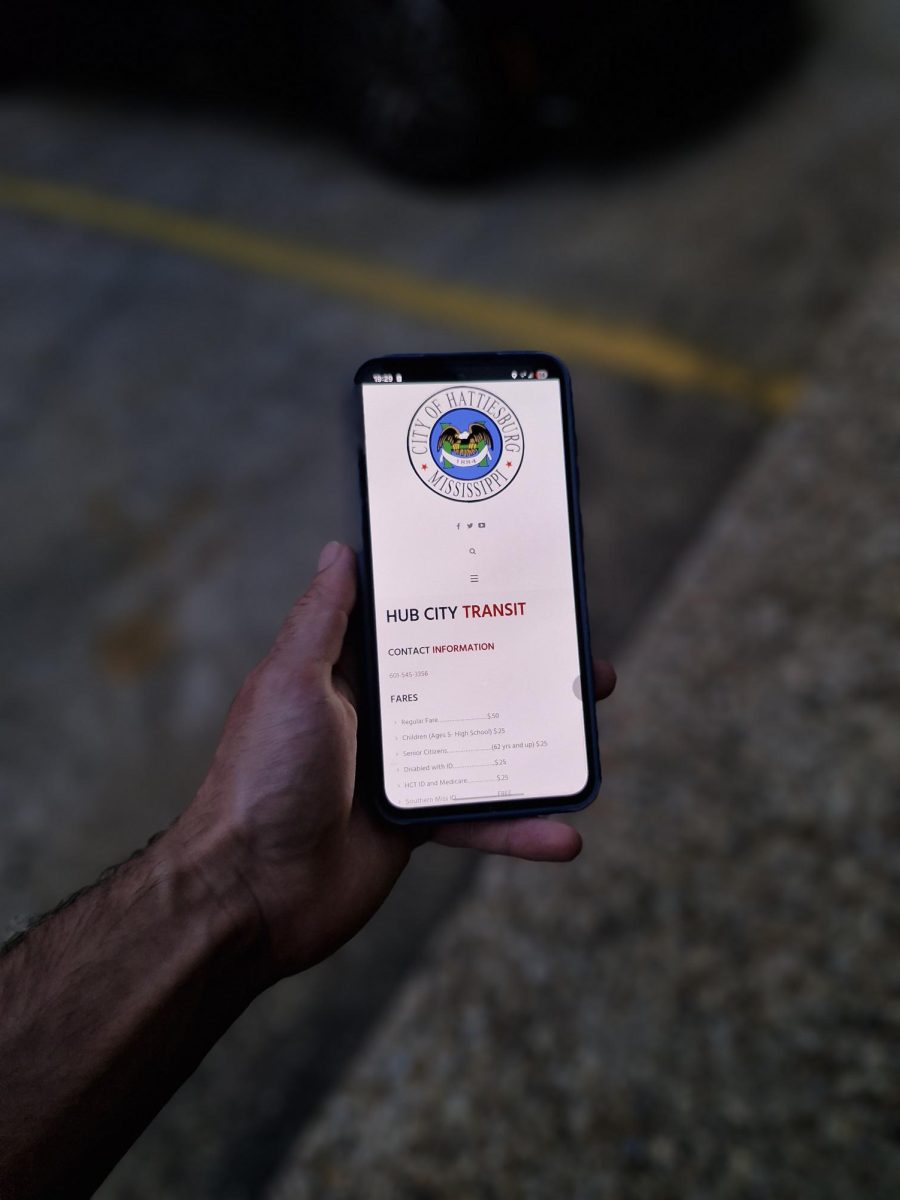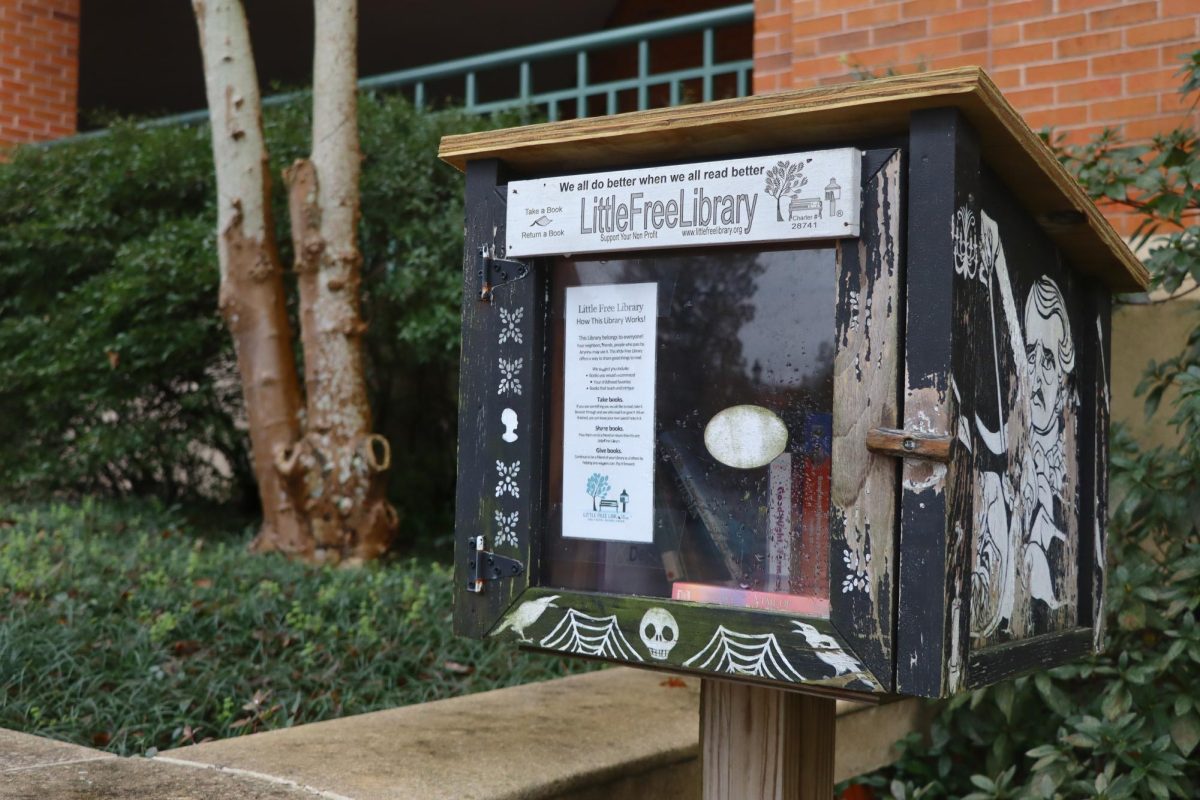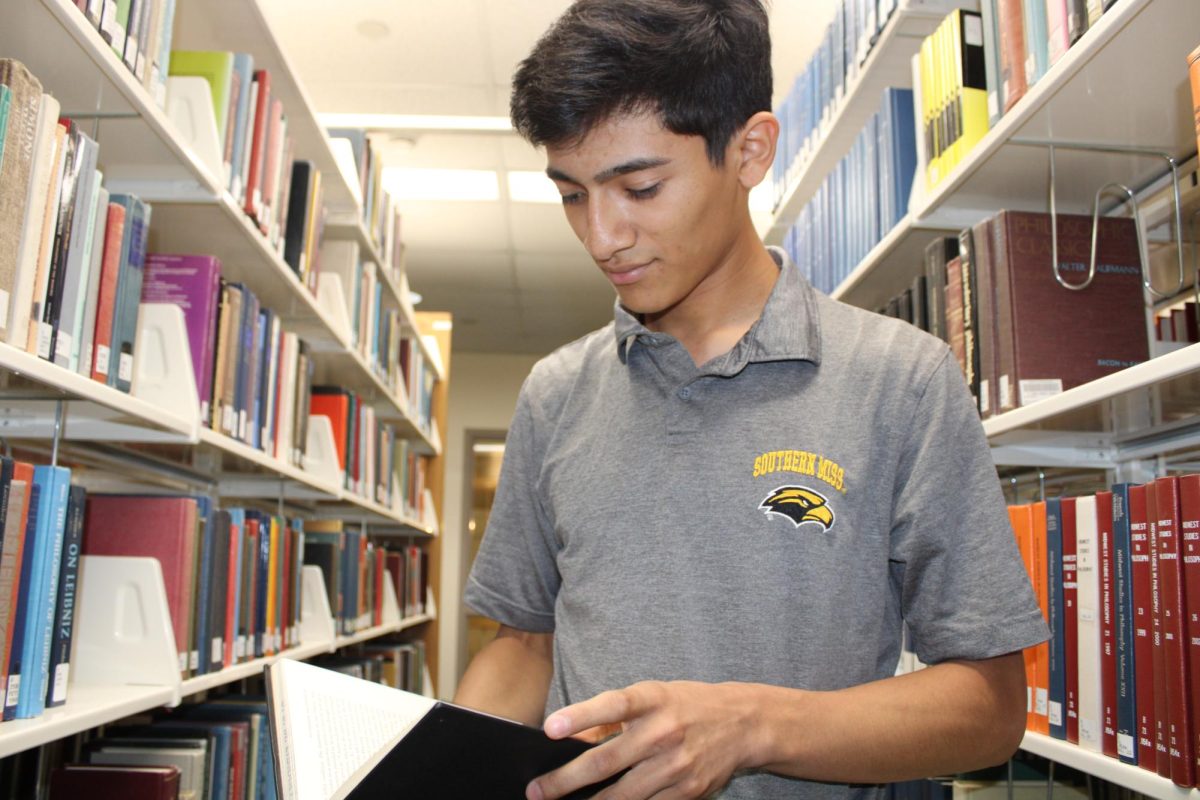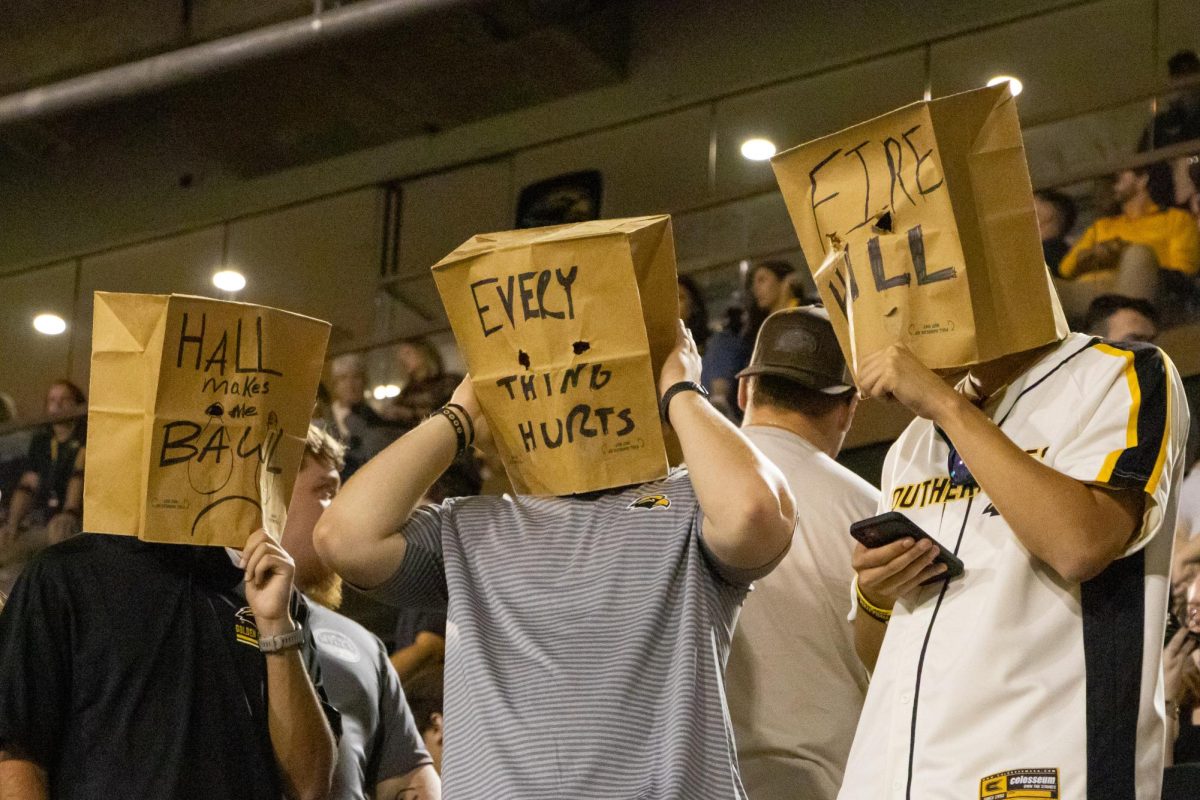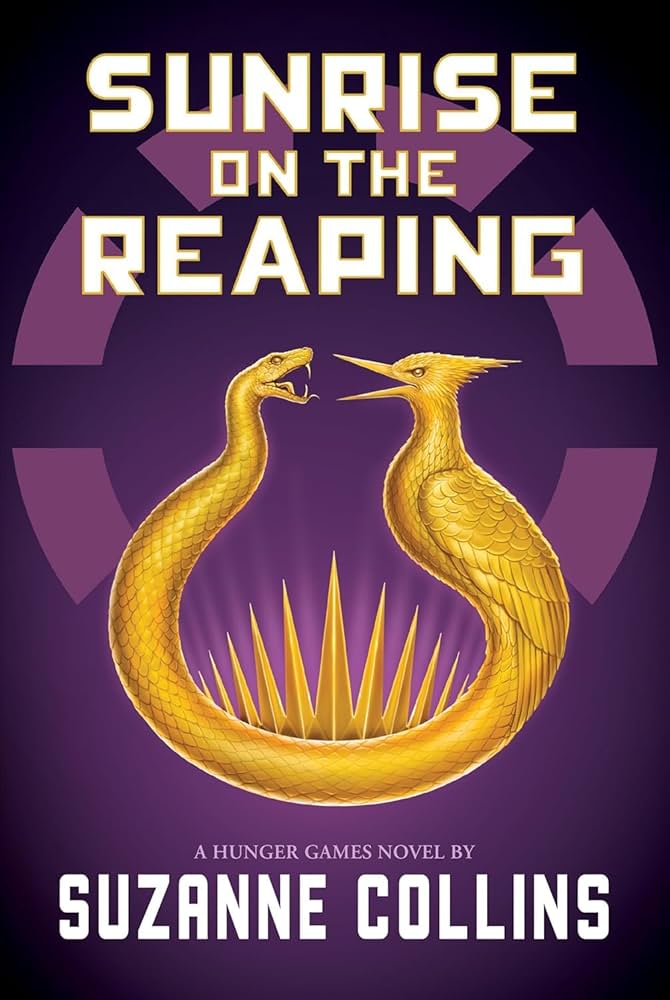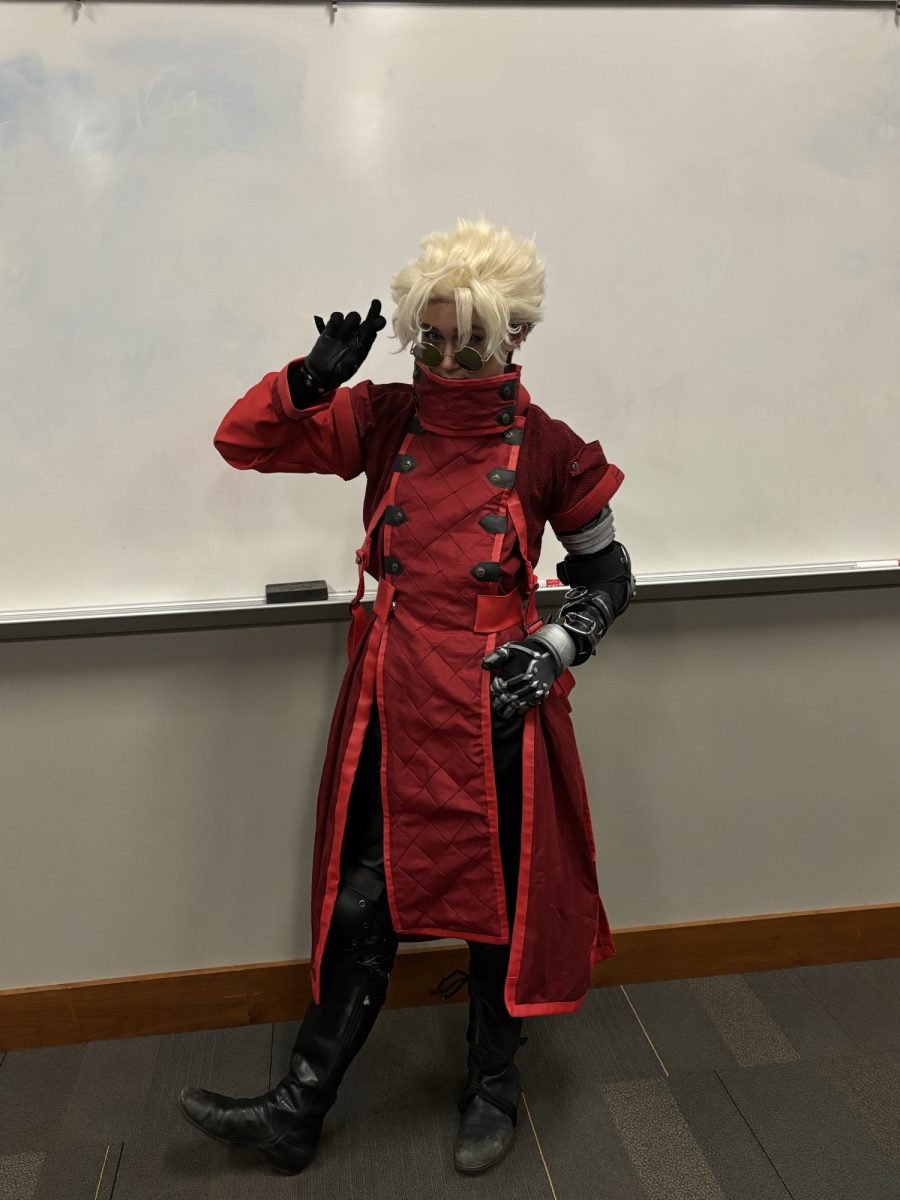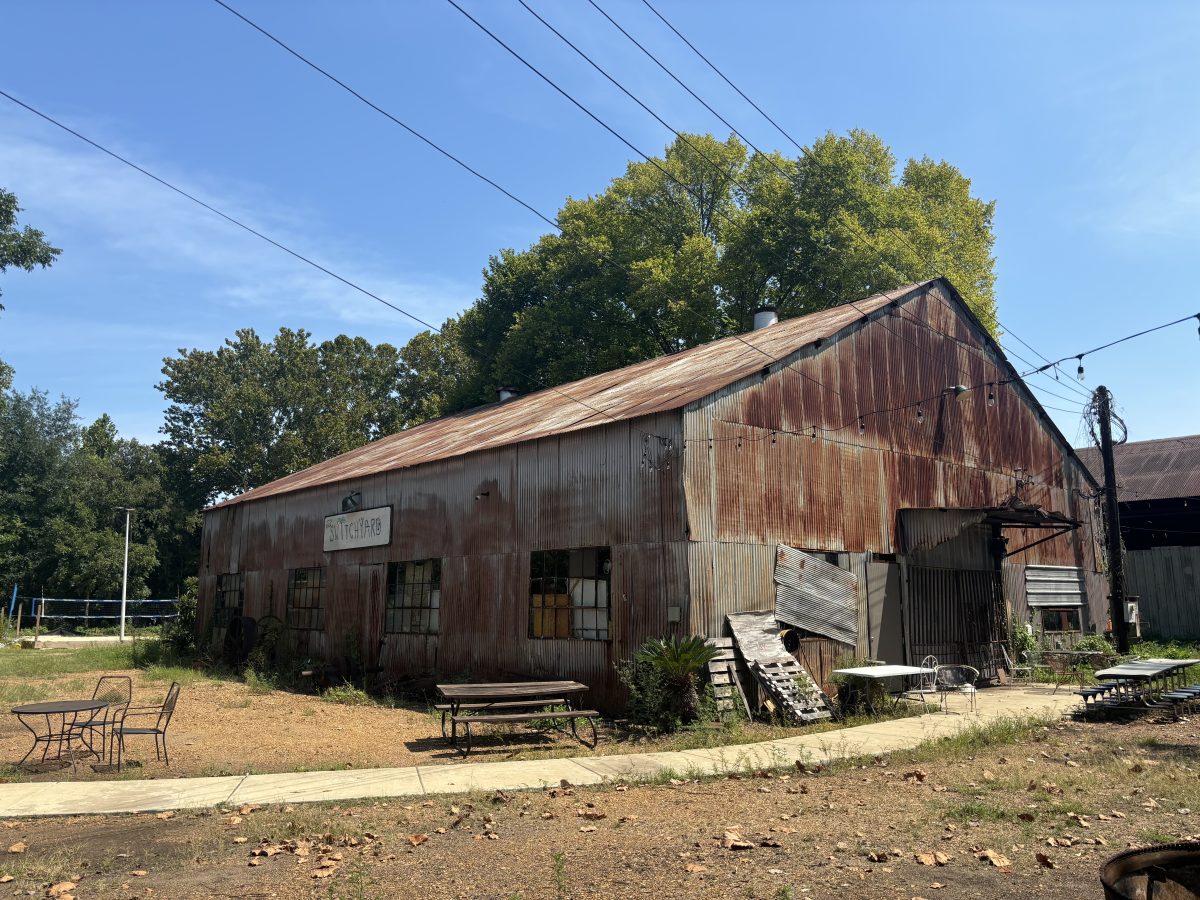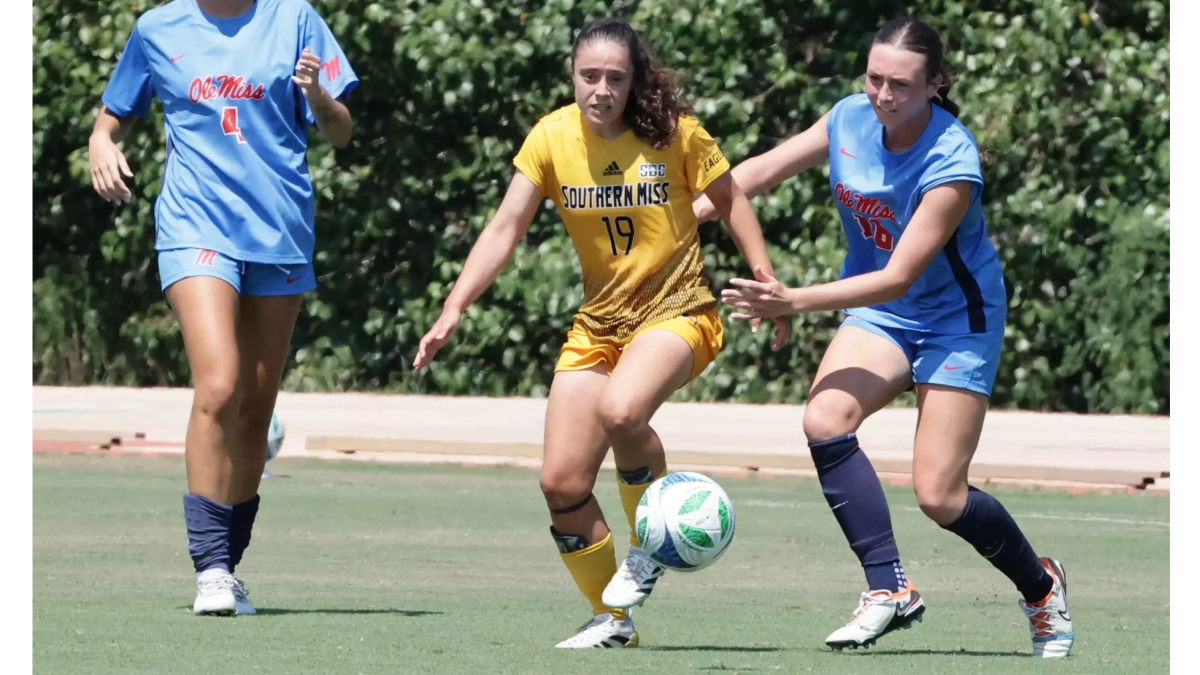History repeats itself. More than a hundred years ago, the global outbreak of Spanish flu in 1918 infected more than 500 million people worldwide. The death toll reached an estimated 20 million to 50 million worldwide, one-third of the world population of that time. Now, a similarly lethal pandemic is knocking on our door. However, there are certainly ways in which we can stop this unpleasant history from repeating again.
Like COVID-19, the Spanish flu was also an airborne virus that attacked the respiratory system. The virus appeared in three waves between 1918 and late 1920. When the first wave occurred, the situation was mild, as the sick would recuperate in a short time. The second wave was the most dangerous one, since infected people died so quickly after infection. A third wave appeared, though not as lethal as the first, still affected many.
The fundamental lesson we can learn from the Spanish flu is social distancing. The fact that World War I and the Spanish flu coincided could explain why so many lives were lost. The army congregated in camps, leading to easy infections. Then, when troops moved to crowded ships and trains, infection rate accelerated. From this, we know that we should take precautions and maintain social distancing. We have to minimize physical contact and wear protective gear to keep ourselves, and others, safe.
City-wide lockdowns can be an efficient measure to stop the wildfire-like spread of the virus. Recently, 44 out of 70 students who went to Mexico from the University of Texas at Austin for their spring break tested positive for the virus. This is why we should adhere to the lockdown rules and stay in isolation.
The Spanish flu could have been a lot less lethal if people had widespread communication methods. Now, social media and news media are more accessible than ever, which also means that we should use them more thoughtfully. There is already enough anxiety in high risk or infected people. We should not use social media to create more fear, but to share effective measures and meaningful information to stop this virus.
If nothing else, this outbreak has taught us the importance of vaccine development and research. Health care was not nearly as sophisticated as it is now during the Spanish flu. Vaccines didn’t even exist to cure it. If researchers and scientists were equipped with essential means for creating vaccines today, these outbreaks could potentially be a lot less deadly. By investing more in vaccinations, we can help prevent another Spanish flu or COVID-19 from happening again.

